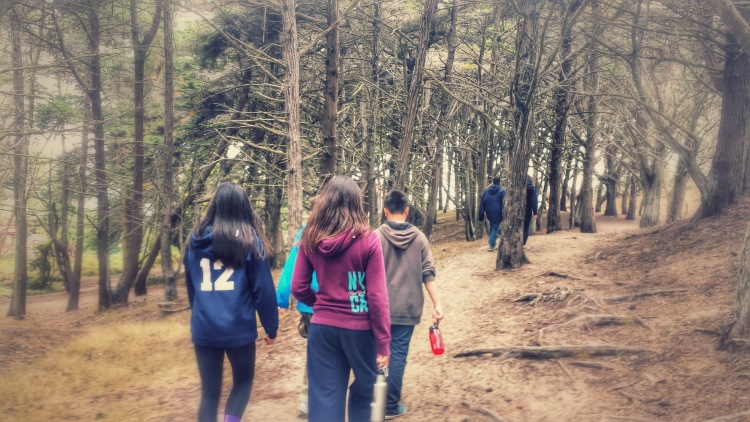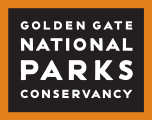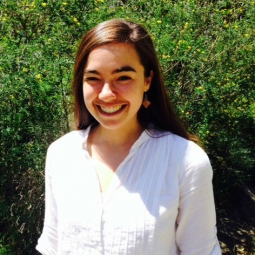Race and the Great Outdoors
Publication Date
Image

Story/Content
Here at the Institute, we’ve been reading Carolyn Finney’s new book Black Faces, White Spaces: Reimagining the Relationship of African Americans to the Great Outdoors. In it, Finney explores how the environment and nature became racialized concepts in the United States, partly by delving into the history of slavery and Jim Crow laws. She also challenges media representations of how Americans of color connect to open space and adds complexity to the (prevailingly white) cultural narratives that we use to define and claim outdoor experiences for ourselves and others. The so-called “white spaces” of American national parklands are past due for some change.
Dr. Finney’s work is exciting not just because Black Faces, White Spaces is beautifully written and thought-provoking, but because it’s part of a larger discussion about making parks more relevant to a broader diversity of people. Initiatives in the National Park Service, private industry, and environmental non-profits are all beginning efforts to see public lands in new ways so we can use them more inclusively. For example, check out the line-up of the new Diverse Environmental Leaders (DEL) National Speakers Bureau, intended to “provide knowledgeable, articulate and experienced experts of color to build broad community support for the protection of our public lands through relevancy, diversity and inclusion.” (DEL website) "Every member has individually done some seriously inspiring environmental work, so we can expect this newly-launched group to have a major impact.
The Institute’s Urban program has some related efforts of its own. This year, we’re researching and analyzing outreach strategies at the Crissy Field Center here in the Golden Gate National Parks and the SAMO Youth program in Santa Monica National Recreation Area. These powerful projects have shaped themselves around the needs of youth in nearby, underserved communities—multi-ethnic ones in San Francisco and chiefly Latino ones in Los Angeles. As a result, they not only provide job training, safe places to be after school, and financial help in the form of a stipend, they create enduring bonds between communities of color and national parkland. We’re excited to share their programmatic successes and the learning experiences they’ve had along the way.


